Boston Scientific accounts are for healthcare professionals only.
A pioneer who pushed us to new heights
Peter M. “Pete” Nicholas, co-founder and former CEO of Boston Scientific from 1979 to 1999 and a corporate visionary in the minimally invasive surgery industry, passed away peacefully on May 14th just a few days before his 81st birthday.
Boston Scientific Chairman and CEO Mike Mahoney said, “As a pioneer who helped shape the field of minimally invasive surgery, Pete Nicholas is remembered worldwide for his contribution to vastly improved patient outcomes and equally impressive increases in healthcare efficiency.” Mahoney added, “Within the Boston Scientific family, Pete was also a lifelong mentor, motivator and friend to hundreds of employees.”
"It's been a remarkable voyage" - Pete Nicholas
Video tribute to Pete Nicholas
Pete was an avid sailor, former lieutenant in the U.S. Navy, and beloved helmsman and career navigator to two generations of his Boston Scientific family of leaders and co-workers. Though he turned over his CEO duties in 1999, Pete retained an active role at Boston Scientific as chairman of the board until stepping down in 2016. A dealmaker and entrepreneurial risk-taker, Pete and co-founder John Abele built Boston Scientific from a startup with fewer than 50 employees and financed with a $500,000 loan and $300,000 in partners’ capital1 into a global industry leader with 27,000 employees and $8.4 billion in revenue in 2016.
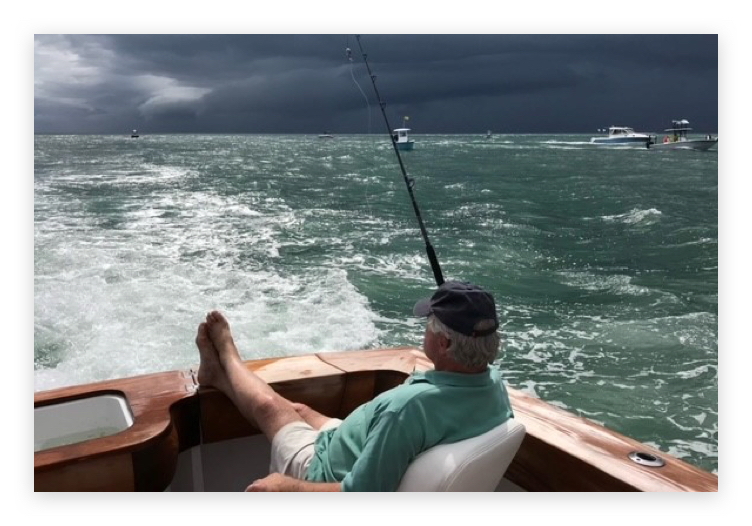
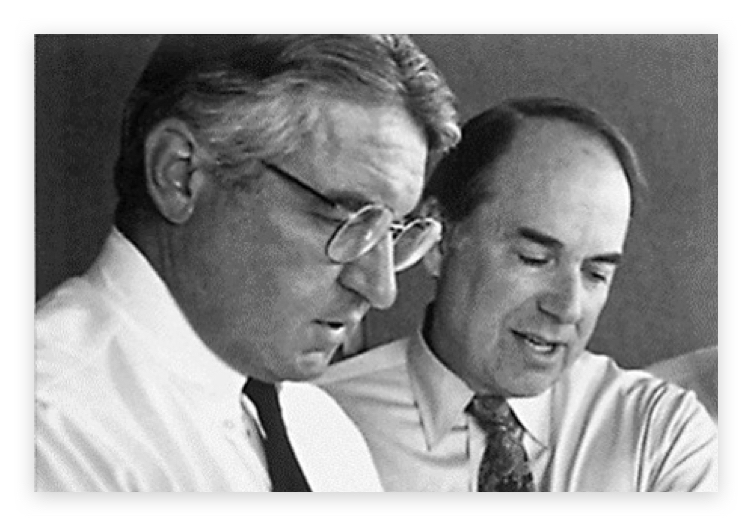
"Within the Boston Scientific family, Pete was also a lifelong mentor, motivator, and friend to hundreds of employees."
- Mike Mahoney, Chairman and Chief Executive Officer, Boston Scientific
Born May 16, 1941, and raised in the predominately Greek neighborhood of Munjoy Hill in Portland, Maine, Pete was the proud son of Greek immigrants. He spent his early years absorbing a desire to work hard, to challenge received opinion, and to achieve more than had been available to his hard-working parents. “Anyone [who] is resigned that things are inevitable will not live the life that they could lead,” he said. “If my father had been resigned to the world the way it was, he would still be cutting stone out of a mountain, like his family had done for generations. I believe you inherit some of that mindset.”2
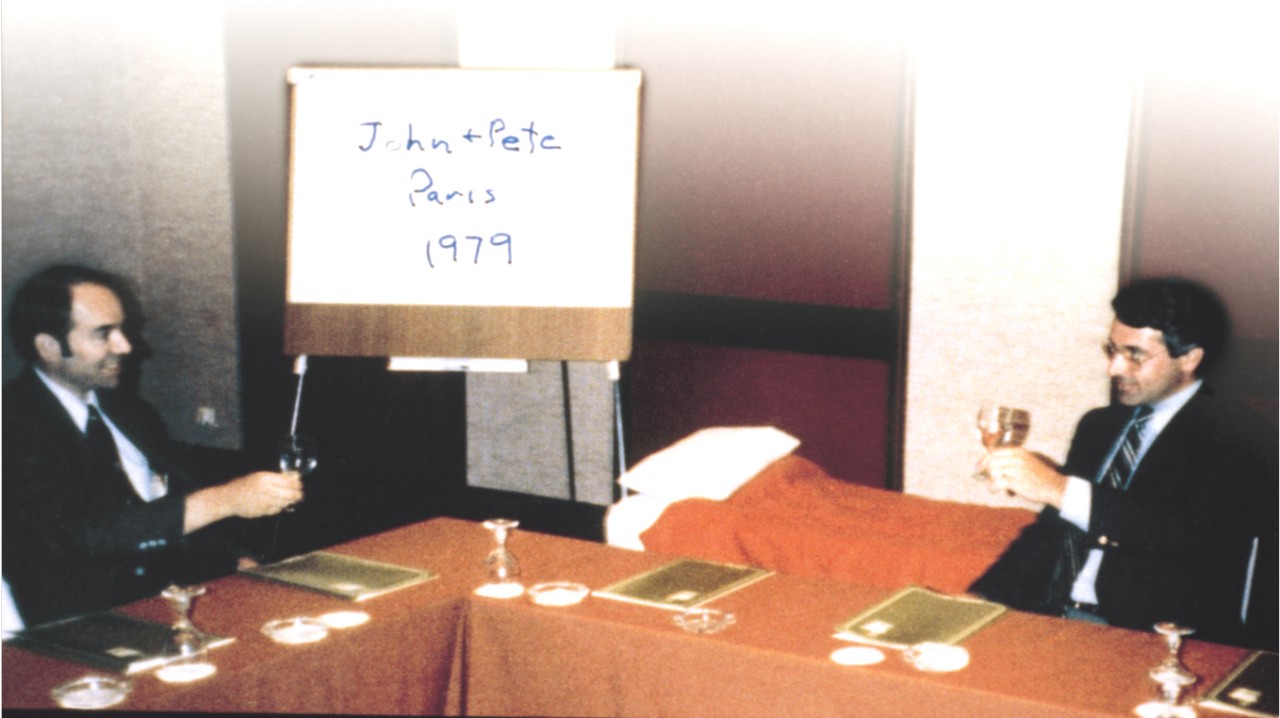
Pete, as well as co-founder John Abele, also inherited another key attribute from their fathers. Both Boston Scientific founders were sons of World War II submarine commanders. Such commanders were known as “very, very independent thinkers”3 and problem solvers, said Abele. Those talents, clearly passed from fathers to sons, proved instrumental in making Boston Scientific a success.
Pete and John created Boston Scientific with clearly defined goals. They wanted to improve public health by bringing more accessible, lower-cost and less-traumatic medical options to patients, and to become a leader in all aspects of the field.4 In the process, they and their colleagues helped to create the medical device industry.5 And they formed a culture in which employees believed in and benefited from their shared purpose.
“The combination of John’s and my very complementary knowledge, skills and background created a near-perfect recipe for success. We never thought about failure — rather we thought about how we were going to build our business and, as we came to think of it, become the ‘biggest, fastest growing and best company in our device world.”6
– Excerpt from a 2020 interview with Pete Nicholas
Pete met his wife, Ginny, while both were undergraduates at Duke University. She is the great-granddaughter of Colonel Eli Lilly, founder of Eli Lilly & Company. After graduating from Duke in 1964 with a degree in economics, Pete served a two-year stint as a naval officer before resigning his commission to enter the MBA program at The Wharton School at the University of Pennsylvania. Pete had considered a career in consulting but agreed with Lilly family members that he was well-suited to join the healthcare giant in 1968 as a newly minted MBA.
Pete spent 10 years with Eli Lilly in sales, marketing and general management. He rose to the level of general manager in Europe, but by 1978 he was looking for a new, more entrepreneurial opportunity. Pursuing a growing interest in the nascent medical devices field, he served as the general manager of the medical products division at Millipore Corporation.
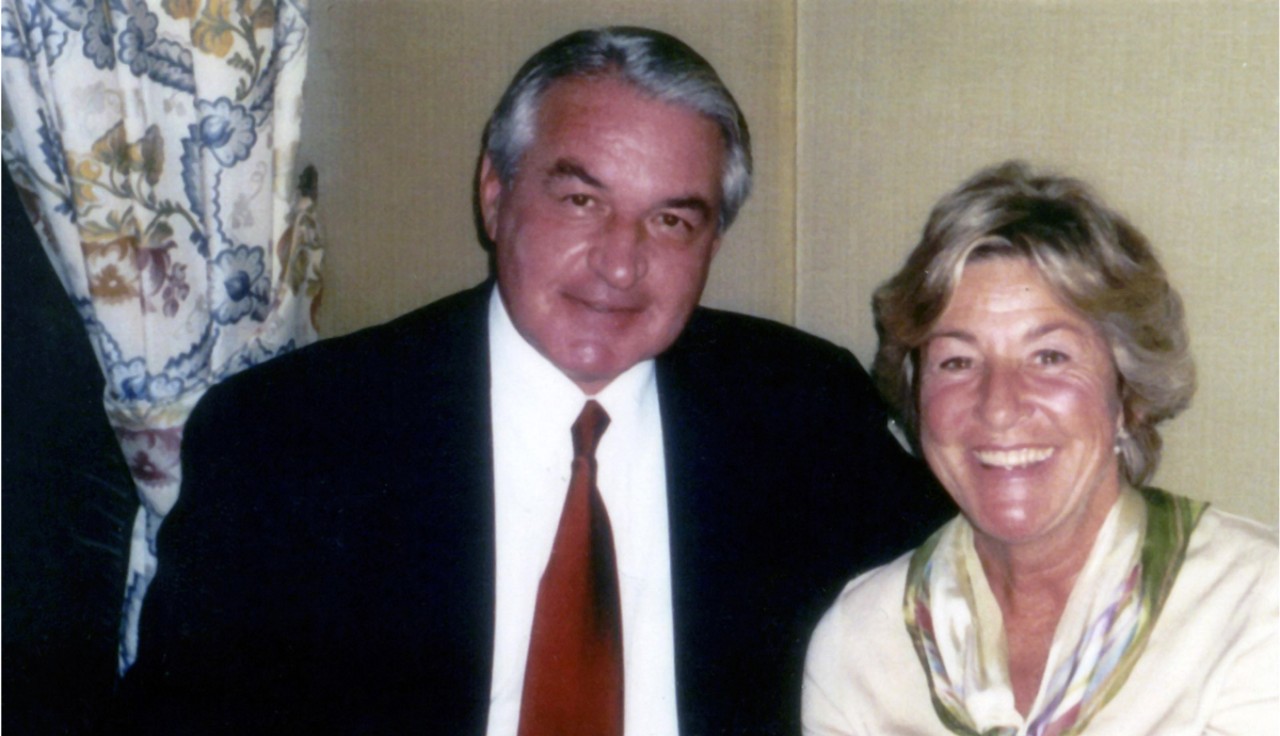
Pete and John met at a Christmas party in Concord, Massachusetts. Their chance 1978 meeting was fortuitous, to say the least. John had been involved in the medical catheter field since the late 1960s via his company, Medi-Tech. He realized that Pete’s business and strategic acumen would pair well with his device expertise. They formed a partnership in 1978, and in 1979 Pete resigned from Millipore.7 They created Boston Scientific and bought out Cooper Labs’ interest in Medi-Tech.8
Boston Scientific was a close-knit startup in a close-knit industry. “Because the industry was small, and most of the CEOs were hands-on like I was, we were all very involved and knew each other well. So I knew our competitors personally,” Pete said.9 His business school background helped him to appreciate the opportunities to acquire competitors to fill in gaps in Boston Scientific product line and respond to advances in the field.
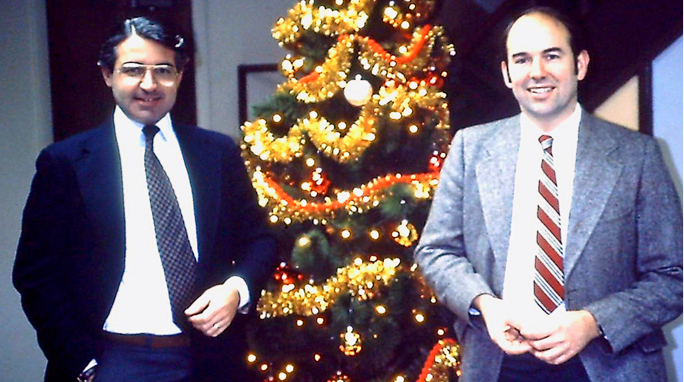
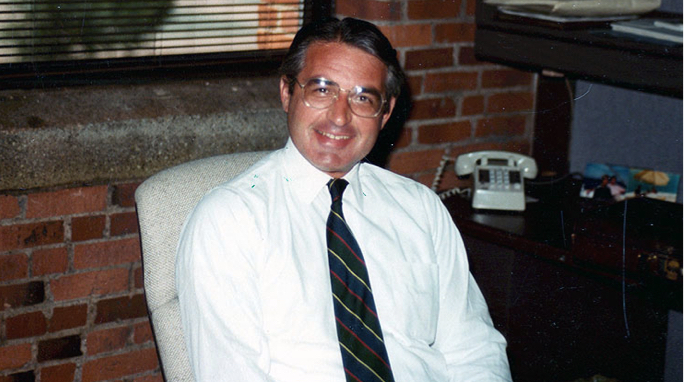
Less than a year old, the company began acquiring rival players in 1980, starting with Kimray Medical Associates (KMA), which expanded its growing position in the cardiovascular field and in 1981 it created Endo-Tech, by buying a vendor and combining its own products in gastrointestinal and pulmonary endoscopic accessories.10 The leadership team was adamant in each case in ensuring that the target company met its exacting ethical standards, and it continued to acquire companies at a brisk clip throughout Pete’s tenure as CEO.
The founders had wanted to remain a private company to keep control of the corporate culture. After more than a decade of varying banking and other strategic investments, Boston Scientific decided that going public was the best route to securing permanent capital. On May 19, 1992, the company went public at $17 a share, netting $450 million for about 25% of the company’s equity ownership.11 All Boston Scientific employees became shareholders as a result of a company gift of stock at year’s end.12
"How do we stay small as we grow big?"
- Pete Nicholas
“In terms of relationships, Pete was phenomenal,” John said,13 not only in securing the renowned firm of Goldman Sachs as the lead underwriter taking the company public, but also in pushing for the company to be listed on the New York Stock Exchange. At the time, most such small technology companies were listed over-the-counter on the Nasdaq.
Pete wanted Boston Scientific listed on the NYSE to demonstrate it was in business for the long haul, John said. The founders were not aiming to build up the company and sell their interest for a quick profit. “We’re building an enterprise,” Pete used to tell investor groups.14
While determined to build Boston Scientific into a lasting company and a leader in the field of minimally invasive surgery, Pete was just as adamant about maintaining a small company, entrepreneurial focus to drive innovation and success. “How do we stay small as we grow big?” was a query Pete often used to challenge his colleagues.15
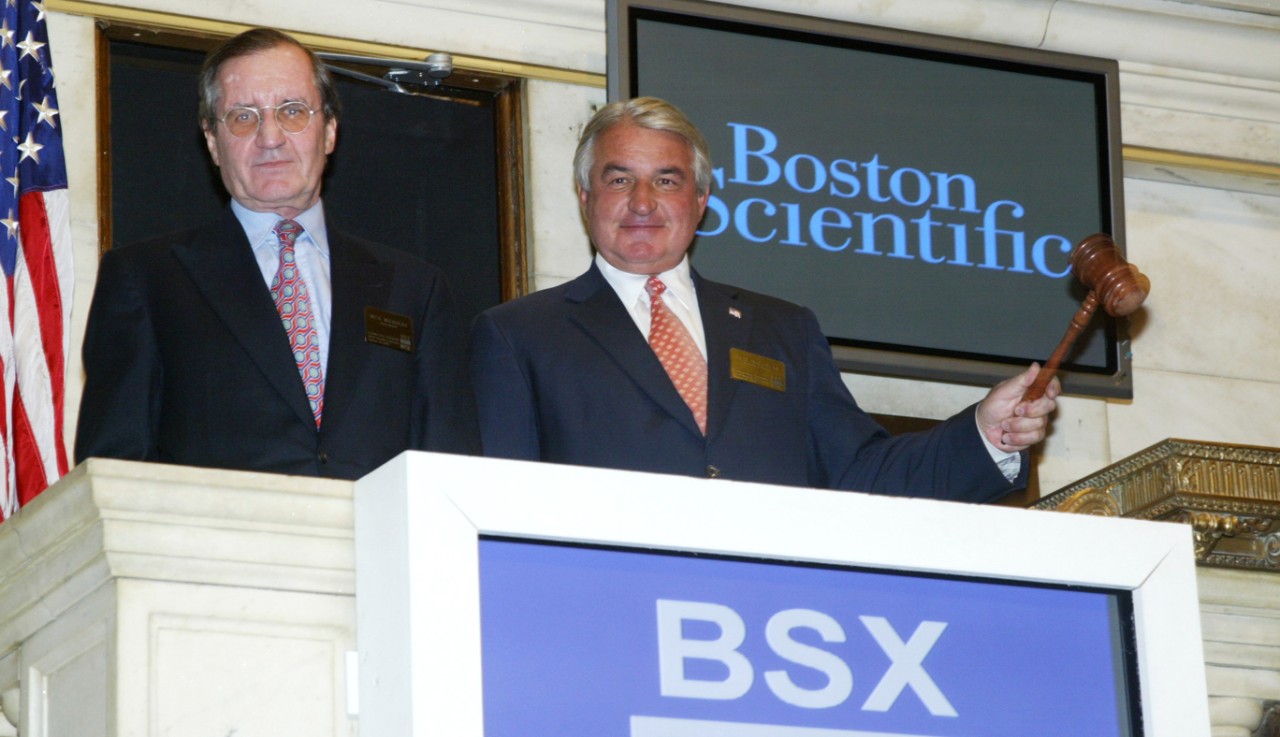
Pete led Boston Scientific through the 1990s as the company pursued a continued aggressive acquisition strategy. Its share price and that of virtually every healthcare company was buffeted at times during the early 1990s by legislative attempts at healthcare reform. Even as Boston Scientific grew rapidly as a publicly held company, Pete labored to maintain the entrepreneurial drive and cohesiveness with which he and John had launched the enterprise in 1979.
At every step in building the business, Pete was looking for those who truly believed in the young discipline of interventional medicine:
“Even if it’s blind faith, they’re willing to commit and believe, and we’re willing to bring them in because of their demonstrated ability, their personal attributes that we think are in sync with ours and their willingness to be teammates. There was never a notion of hierarchy, there was never a notion of command decisions. On the other hand, there existed in a subliminal way ground rules, principles, values that we created and became the watchwords, the guidelines, and the guardrails, that really defined and protected the company.”
Pete was an unabashed “doer” all his life and relished bringing out that quality in other aspiring leaders. “I have always placed more value on the leaders who lead from the front and are the doers, enthralled not by self but by the outcomes that they and their teams achieve,” he said. “It’s a deeply personal issue, too. When you move the needle and make a difference that is valued by the corporation, other people may know it or not. To the true leader, it doesn’t really matter.”17
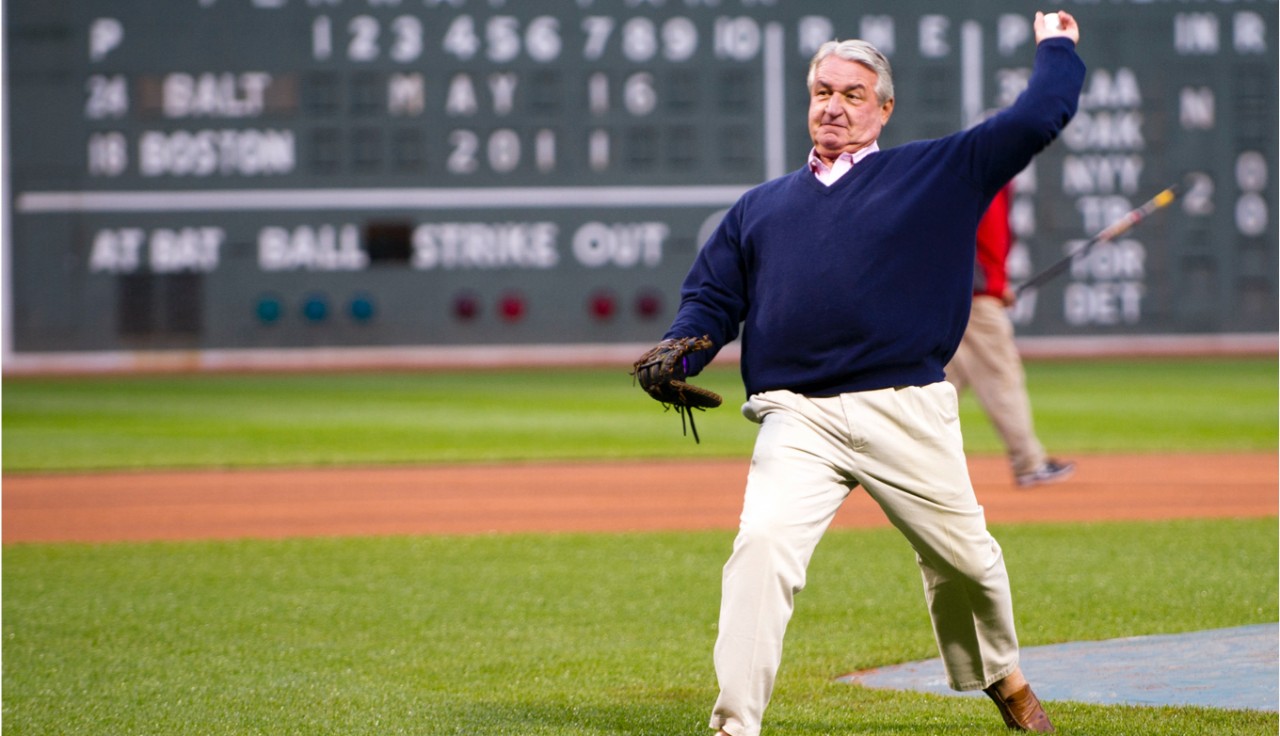
Pete’s many-fold contributions and accomplishments moved the needle dramatically for Boston Scientific and were truly valued by all who knew and worked with him.
Pete was a fellow of the American Academy of Arts and Sciences and vice chairman of its Academy Trust. He was a member of the American Academy of Achievement as well. He received the Phoenix Lifetime Achievement Award for distinguished leadership and accomplishment in the medical device industry. Pete was a recipient of the Ellis Island Medal of Honor and served on several nonprofit and for-profit boards. A former chairman of the Duke University Board of Trustees, he also founded the Nicholas School of the Environment at Duke and the Nicholas Institute for Environmental Policy and Solutions. Pete also received the Joseph Wharton Lifetime Achievement Award for distinguished Wharton alumni.18
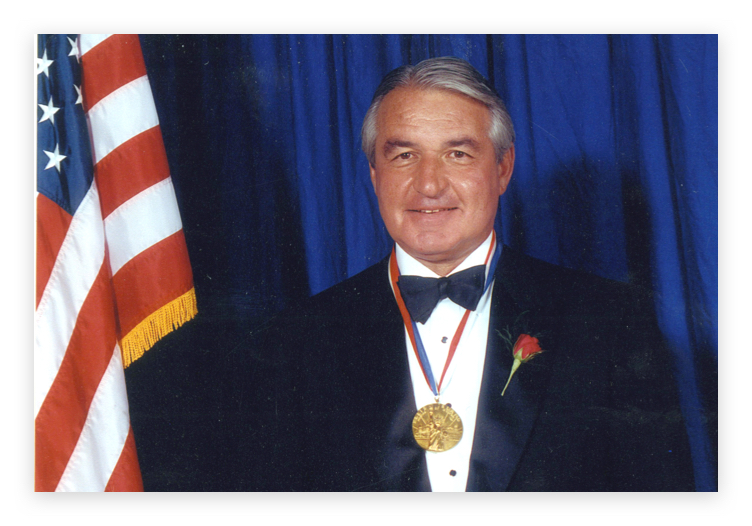
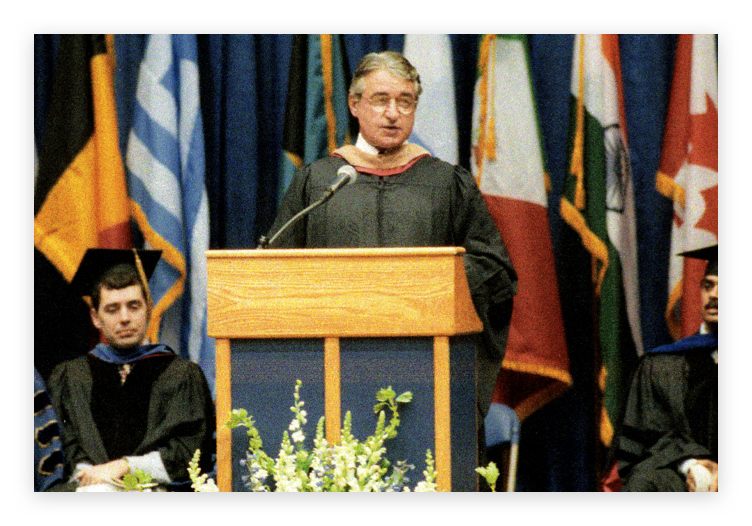
References
- The Ship in the Balloon, p. 77.
- [clip from bsc corp comm]
- John Abele interview, July 19, 2021, 16:55 [HF tape timestamp]
- https://www.bostonscientific.com/kr-KR/company-overview/history1.html
- https://readwny.com/news-item/pete-nicholas-wg68-co-founder-and-chairman-retired-boston-scientific-joseph-wharton-lifetime-achievement-award/
- https://readwny.com/news-item/pete-nicholas-wg68-co-founder-and-chairman-retired-boston-scientific-joseph-wharton-lifetime-achievement-award/
- The Ship in the Balloon, p. 76.
- Boston Scientific Corporate History Timeline, History Factory archives, pp. 17-18.
- https://readwny.com/news-item/pete-nicholas-wg68-co-founder-and-chairman-retired-boston-scientific-joseph-wharton-lifetime-achievement-award/
- Boston Scientific Corporate History Timeline, History Factory archives, p. 16.
- The Ship in the Balloon, p. 145.
- Boston Scientific Corporate History Timeline, History Factory archives, p. 14.
- Abele interview, 25:55.
- Abele interview, 53:57.
- Abele interview, 60.10.
- The Ship in the Balloon, p. 84.
- https://readwny.com/news-item/pete-nicholas-wg68-co-founder-and-chairman-retired-boston-scientific-joseph-wharton-lifetime-achievement-award/
- https://www.whartonny.com/article.html?aid=3291
